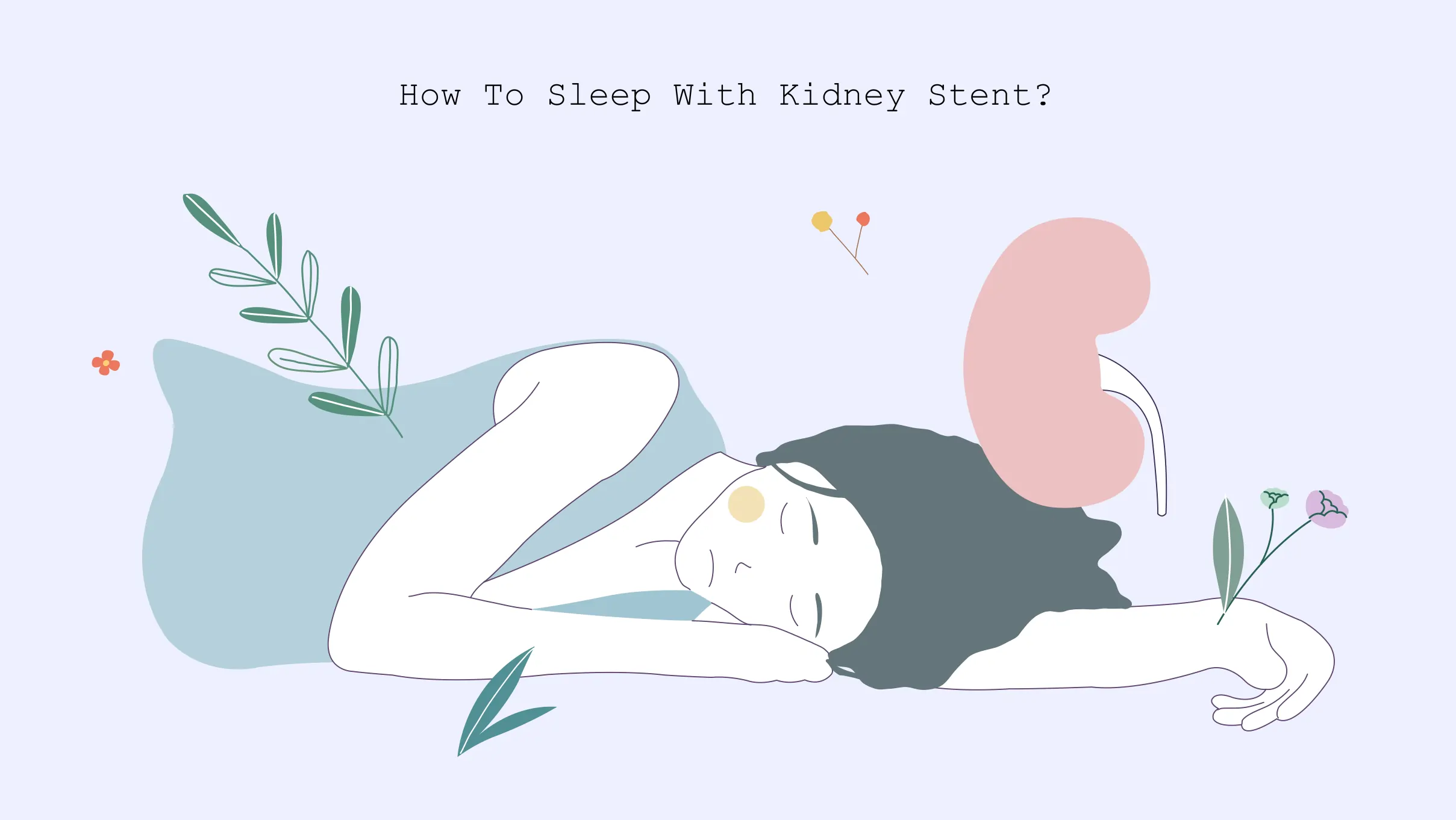How to Sleep With a Kidney Stent: Tips and Tricks
Fact Checked
Up to date
Update: June 29, 2023
Share
Written by

Content Writer
Medical reviewed by

Dentist & Medical Writer

0
people like this article
Share
Written by

Content Writer
With a Master's Degree in Mass Communication and nearly two decades of professional expertise in crafting healthcare articles, he possesses a wealth of experience and knowledge in the field.
Medical reviewed by

Dentist & Medical Writer
Meet Dr. Sugandh Goel, an experienced dentist with a passion for innovative healthcare solutions. Additionally, she is a skilled medical writer, dedicated to creating a ripple effect of health awareness and spreading positivity and wellness around.







